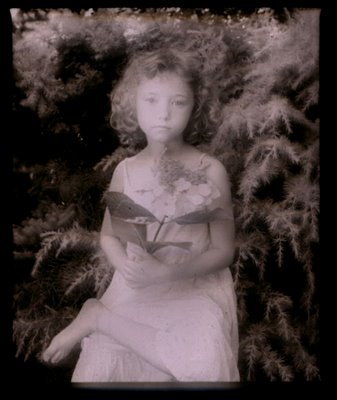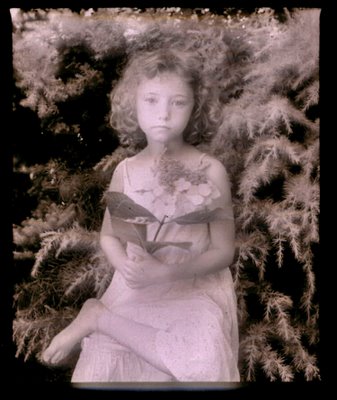Focus In The Darkroom
Friday, February 06, 2009

Photographer W. Eugene Smith's idea of a good time was to retreat to his messy darkroom with cigarettes, a bottle of Scotch, good music and a negative to work on.
I began my darkroom activities in 1962 when my artist friend, Robert Hijar, who was getting a fine arts degree at the University of the Americas told me, "I have access to the darkroom. I can teach you to process negatives and to print. But we will have to use the darkroom when nobody else uses it." That time was between midnight and the early hours of the morning. I would arrive all tired at home at 5 in the morning and crash to bed. The funny thing is that even though I was 20 years old my mother did not believe I had been working in a darkroom. She invented all kinds of tawdry affairs of which I was most unlikely to have.

In that darkroom I learned to process film and print it under adverse conditions. The tap water was extremely cold as wa the darkroom. The walls of crumbling dusty bricks were painted white and the second class "Toluca Rocket" bus would rumble past and vibrate the enlarger and ruin my prints. The Rocket had 15 or more forward gears. As it passed by on the steep c the bus would gear down up. But all these adverse conditions were more than compensated by the good company of my friend and his state-of-the-art reel to reel tape recorder (courtesy of his parents who were CIA agents). We listened mostly to what was then called West Coast Jazz. Our favorite was a Stan Getz album called Focus which featured music composed and arranged by Eddie Sauter.
When I eventually had my own darkroom I still worked late nights (and for many years smoked a pipe until one day I got extremely dizzy and quit) but I chose not to play too much music. I loved the noise of the running water washing my prints and the electric sounds of my Charles Beseler enlarger's colour head. It was in the darkroom where I honed my printing style and learned to manipulate negatives which were far from perfect. It was in the darkroom where I learned the futility of cropping negatives under an enlarger and going for the more efficient and elegant method of cropping with my eyes, in camera.

Nobody in my family has wanted to follow me into the darkroom. Rebecca flees the moment she smells the fixer. She says it will cause her problems. I do not tell her that I have used selenium toner for about 40 years and that it is supposed to be a carcinogen.
In the last few years my loneliness in the darkroom has been compounded by a lonely darkroom that rarely sees me. While I process the b+w film that I still happily shoot, more often than not I scan the negative to put an image in this blog or send bigger files to magazines, law firms and other companies that hire me.
Fiddling with a negative on my scanner while I look into the garden is pleasant. It is not dark and I even play Stan Getz's Focus in the stereo set behind me as my computer and scanner are on a Edwardian desk in the living room.

On a day like today, a day in which I have plenty of time to fiddle or as my grandmother used to say: Cuando el diablo no tiene nada que hacer con el rabo espanta moscas.Which translates to: when the devil has nothing to do he swats flies with his tail.
I spend working with the scanner. It is relaxing and fun. I began with a stark negative of Rebecca which I took in 2004 with Kodak Technical Pan Film in the 120 format. This film is the sharpest film ever made by anybody and it has an extended range into red. The film blocks blue and accepts more red. This means that skin blemishes (mostly red) appear lighter or disappear. The result is almost ghostly.
The first image here is the negative scanned more or less as is. In the second one I placed the negative on my scanner and then I covered it with a sheet of white paper. I scanned the negative from below. The scanner gets a bit of the texture of paper. The result is still a negative which when I reverse I get what you see here. The colour I can add in whatever direction I want be it cool or war. In the third image I "corrected" for the opacity of the paper and made it less hazy. In the fourth image I still used the paper but I closed the scanner lid and scanned the negative simultaneously from both sides.






